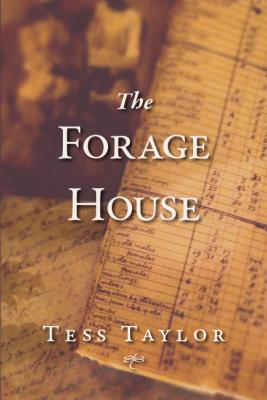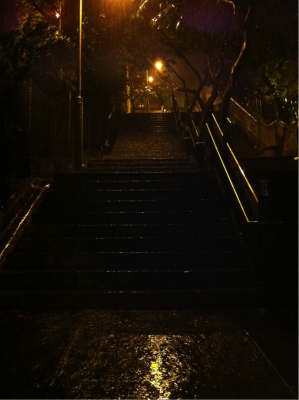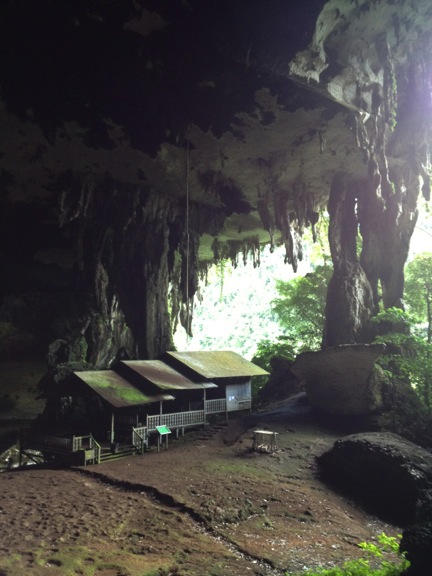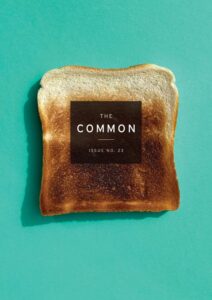S. TREMAINE NELSON interviews AMY BRILL
Amy Brill’s articles, essays, and short stories have appeared or are forthcoming in One Story, Redbook, Real Simple, Salon, Guernica, and Time Out New York, among many others. Her debut novel The Movement of the Stars was published by Riverhead Books in April. This month she chatted with S. Tremaine Nelson about the island of Nantucket, historical fiction, and the first American female astronomer, Maria Mitchell, who shares characteristics with Hannah Price, the heroine of Brill’s novel.

S. Tremaine Nelson (SN): You were raised in New York City. Do you identify with a particular hometown neighborhood?
Amy Brill (AB): I strongly identify with the neighborhood I grew up in, Corona, Queens. It was like living in a mini UN, and it was the place I learned how to talk to anyone.
SN: What was the first book that made you say “wow!” out loud?
AB: I can’t remember the name — I was probably in third or fourth grade, and it was a YA book in which a young boy’s friend had died; I vaguely recall it being a case of playing on the train tracks, falling or being hit. What I do remember, vividly, is the gut-punch of the scene, how visceral my sorrow was for this fictional boy and his lost friend. It was the first time a book made me cry.













